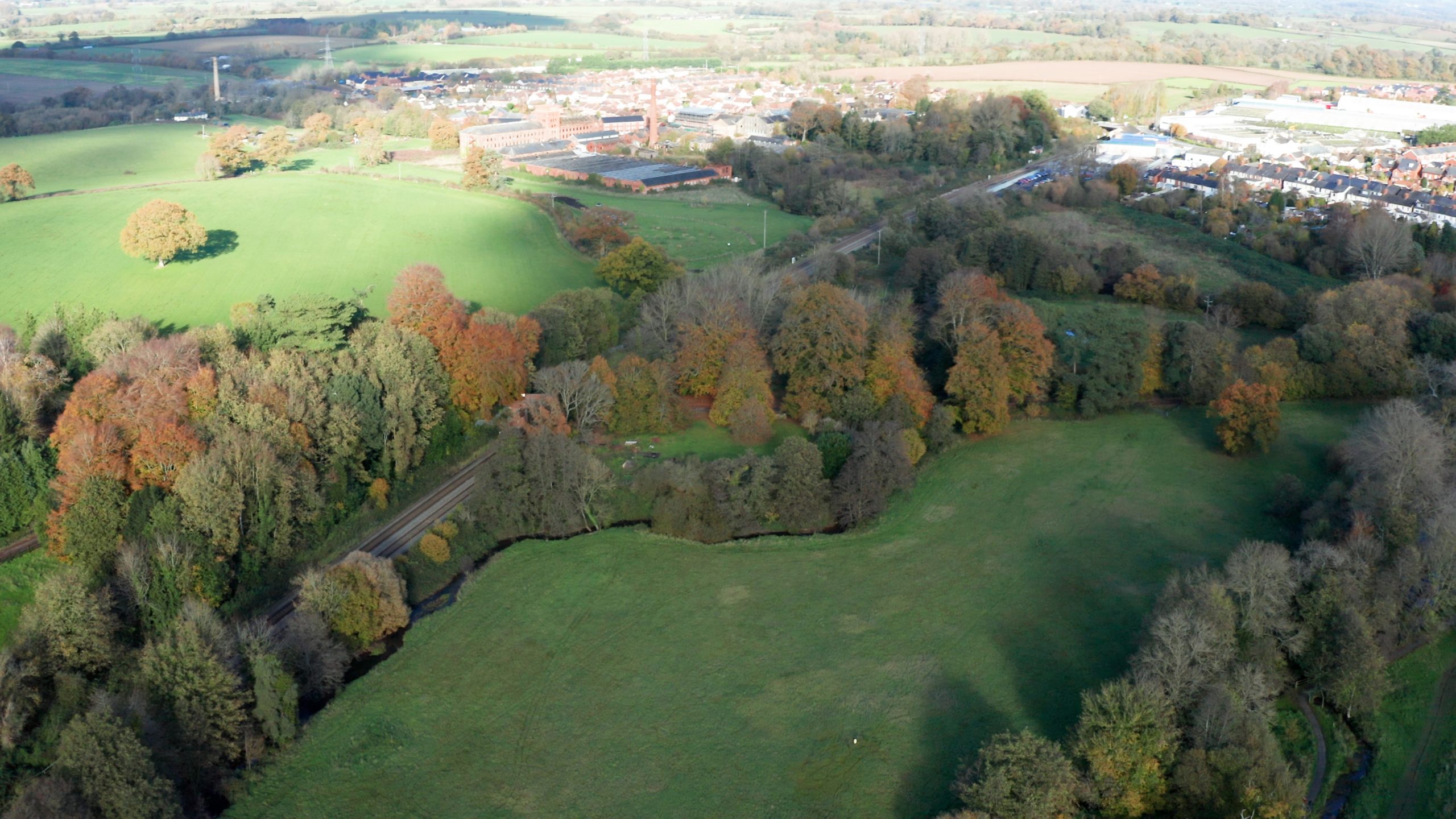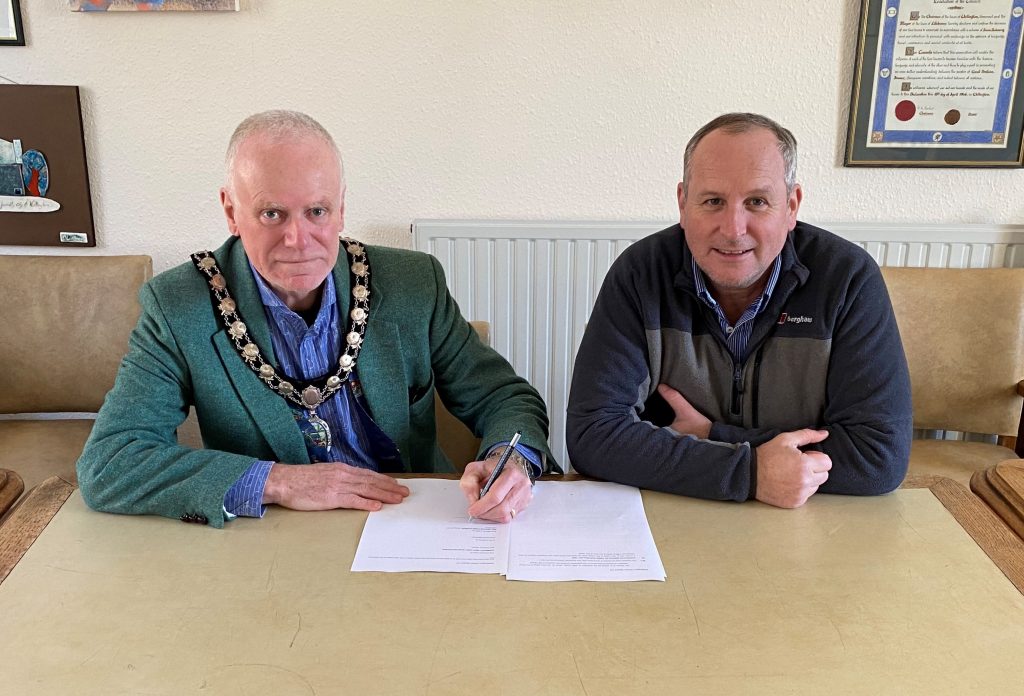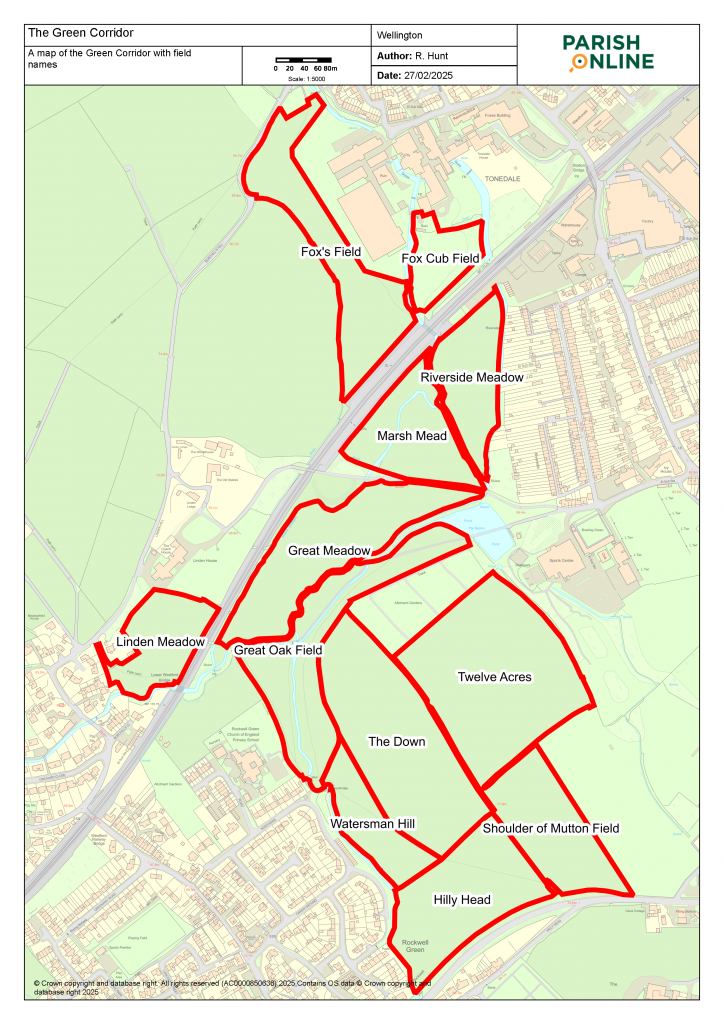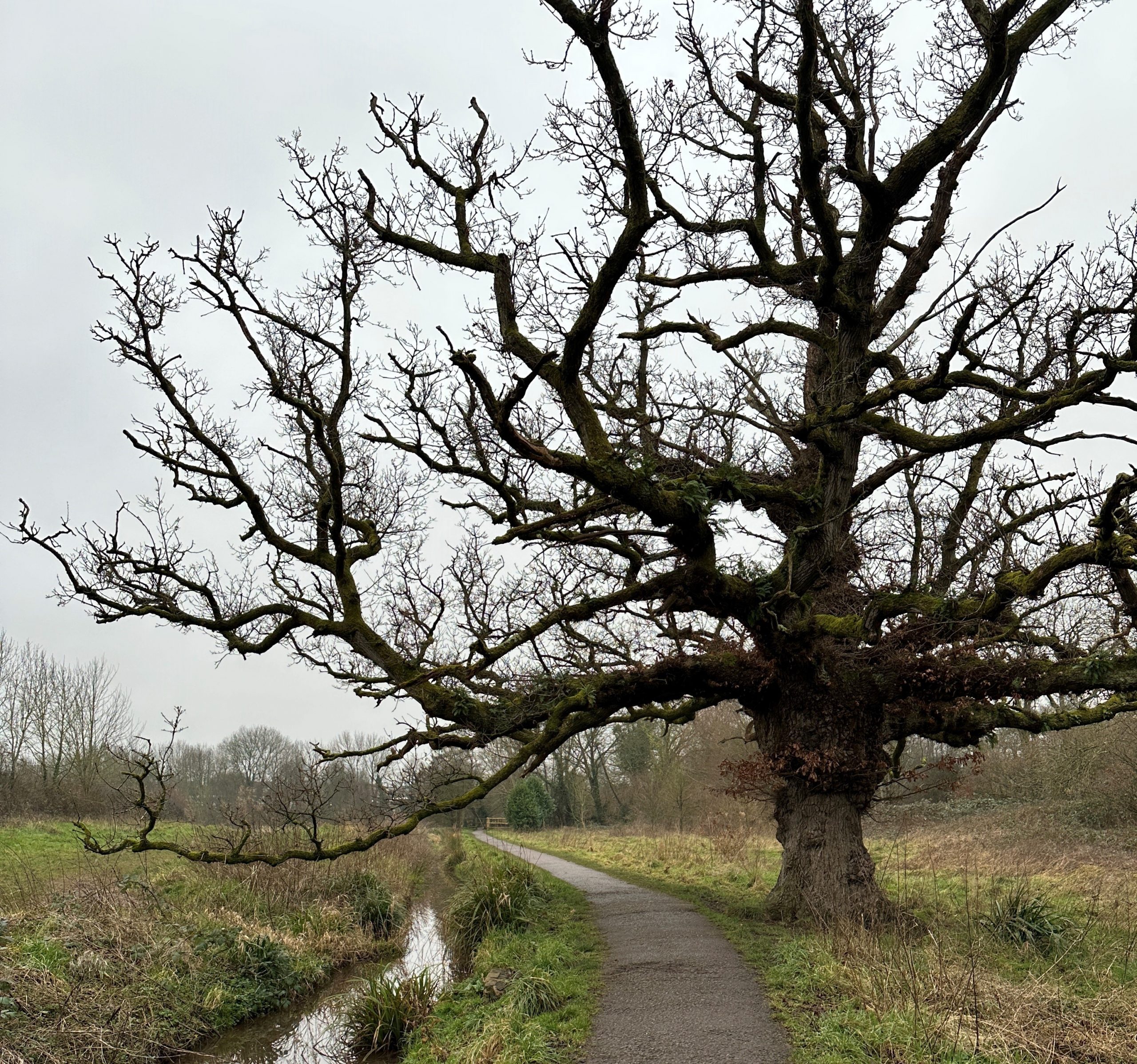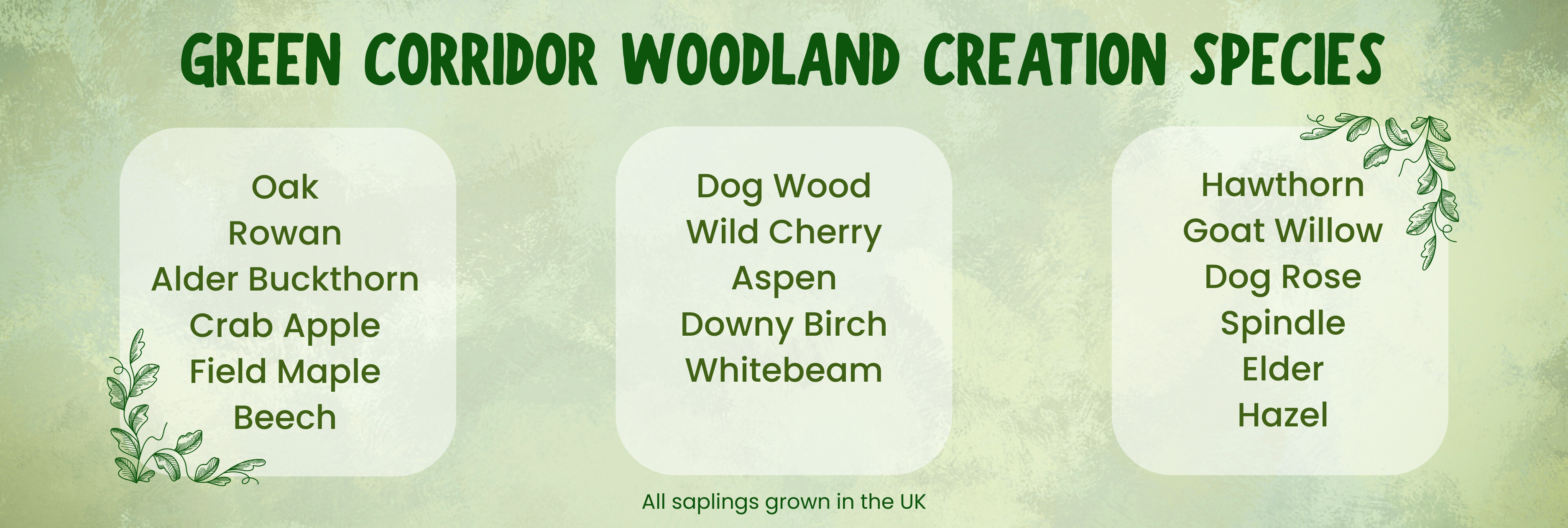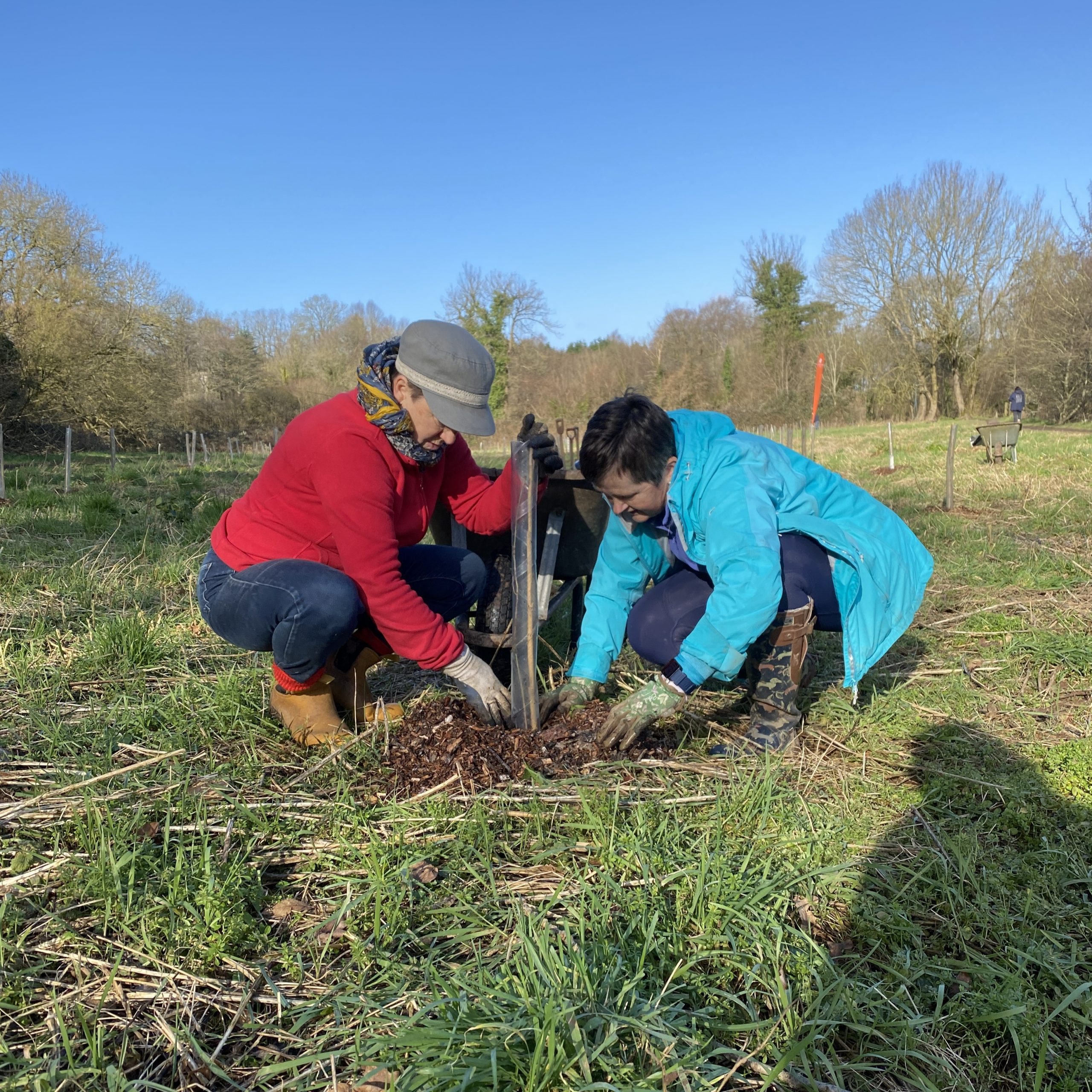In January 2023 Wellington Town Council took over the management of an 64 acre area of land known as the Green Corridor on a 150 year lease from Somerset West and Taunton Council.
The area of land stretches from Fox’s Field at Tonedale Mill through to The Basins and then over to Rockwell Green and Hilly Head and, when the railway crossing is open, links into the field off Linden Hill that the Town Council purchased in 2022. This then links the land to Westford bringing the total land area of the Green Corridor to 66 acres.
Working with partners our aim is to ensure that the land remains available for public use and that it is used it to promote recreation, healthy lifestyles, local food growing and the development of arts and cultural spaces. We will ensure that the land is maintained and developed in a way that promotes biodiversity and improves wildlife habitats. The Town Council and these partners form The Green Corridor Advisory Board meet bi-monthly to discuss the future of the land and explore projects and funding that can be implemented.
Much work has been undertaken in the past two years from improving accessibility to working to create better habitats and corridors for wildlife. The main paved route from The Basins to Rockwell Green was made fully accessible in autumn 2024 through the installation of a ramp on a bridge and by removing kissing gates at either end of the route. Beginning in December 2024, the Town Council worked in partnership with The Woodland Trust to plant 3300 trees in the Green Corridor, creating new areas of woodland for leisure and wildlife.


